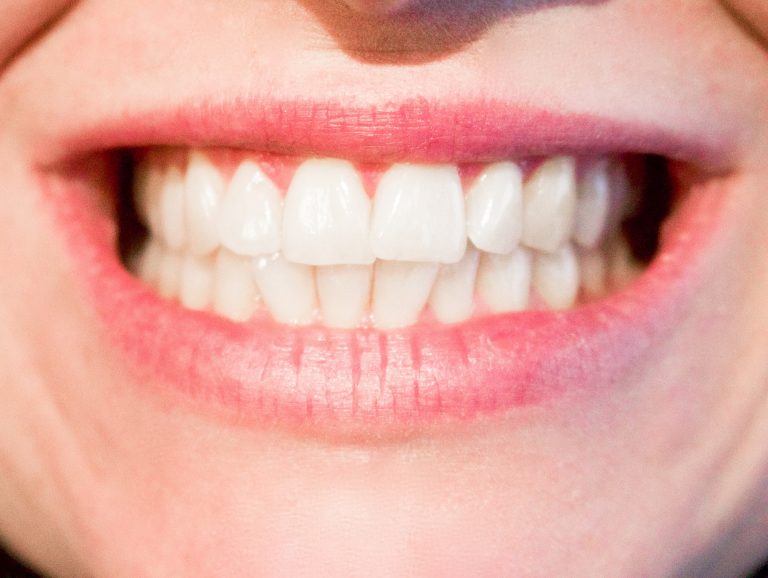
Many of us aspire to have beautiful, shiny smiles. The best way to achieve this is by keeping up with your daily dental routine, including teeth-brushing, flossing, and using mouthwash. You should also see your dentist regularly to maintain oral health. However, sometimes our smiles lack that extra glow. Many people turn to at-home remedies to whiten their teeth, but do you know fact from fiction?
Here are some common quick-fix teeth-whitening myths and the truth behind them.
Myth: Scrubs such as a baking-soda-hydrogen peroxide or activated charcoal can buff up those pearly whites.
Fact: According to the September 2017 issue of the Journal of the American Dental Association, there is no evidence to support the safety or effectiveness of this practice. In fact, by using an abrasive scrub on your teeth, you could wear away at protective enamel and expose the next layer of your tooth, a yellowish tissue calle dentin.
Myth: You can dissolve tooth stains by using acidic lemon juice.
Fact: Fruit is a healthy snack, but prolonged exposure to acid can deteriorate the enamel on your teeth. Your saliva keeps the pH in your mouth balanced, but acidic foods can disrupt it and leave your teeth vulnerable. Some remedies suggest using vinegar instead, but those also contain acid and will have the same ineffective results.
Myth: Oil pulling is an old method of swishing oil (usually coconut oil) around your mouth to whiten your teeth. Other people recommend the use of spices such as turmeric for similar benefits.
Fact: According to the American Dental Association, there is no reliable evidence that this remedy works. While spices and oils make for tasty meals, they won’t improve the color of your teeth.
Myth: Using store-bought products such as whitening toothpaste or whitening gum will improve the state of your smile.
Fact: While these products do contain whitening chemicals, they aren’t strong enough to have a visible effect. Whitening chemicals need to be in contact with teeth for at least 20 minutes for a color change to occur.
If you’re interested in really whitening your smile, our professionals would be happy to speak with you.